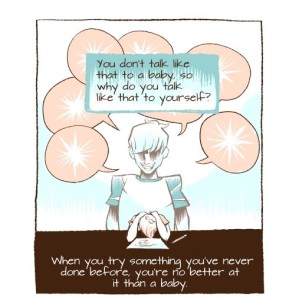In about two weeks I will be attending the Association of Performing Arts Presenters conference in NYC. I will be hosting a discussion panel, but my primary objective is to learn about different artists that might potentially perform in my space and make contacts with different artists’ agents.
It occurs to me to toss out a cautionary tale about being very, very careful about verifying that the people with whom you are working to arrange a performance are, in fact, the actual artist’s representative.
When I was working in Hawaii, the University of Hawaii at Manoa Athletics department decided they wanted to present a fund raiser featuring Stevie Wonder. They sent $200,000 to people who were not Stevie Wonder’s agent who subsequently took the money and ran off. The FBI ended up getting involved.
Given the scrutiny we faced to even get a $2,000 check cut, those of us working for the university in the performing arts wondered how so much money ended up getting transferred in the first place. Second, even if they didn’t think to ask those of us who handled performing arts contracts for the university, we wondered why none of the other prominent promoters in the state weren’t consulted. Any of us could have told them they were dealing with the wrong person.
However, I will admit that for someone who is inexperienced, it is difficult to discern who Stevie Wonder’s agent is. Many artists have their agent listed on their website, but Stevie Wonder doesn’t. My suspicion is that this keeps people who aren’t seriously prepared and qualified to present him from deluging the agent with requests. Anyone who is serious about presenting him will know how to identify his agent, Creative Artists Agency. (CAA)
That lack of information provides an opening which allows other people to take advantage. Even though I don’t engage artists who command $400-$500,000, I know CAA is one of the few agencies large enough to handle the business of someone like Stevie Wonder. But if you search the internet for “Stevie Wonder agent,” you will find 6-10 listings of people offering to arrange a concert for you. If you didn’t know CAA was his agent, which would you choose? CAA is the first search result, but there are two paid placements that come in above them.
Most of the other companies listed will likely turn around and contact CAA on your behalf to arrange for Stevie Wonder’s performance, taking a cut themselves. This isn’t to say these middlemen are just skimming a piece of the action. There are many that will add value to the exchange and handle the details you don’t have the resources to deal with yourself.
Some might take the money and run.
There are organizations that work to apply a code of ethics to artist booking like North American Performing Arts Managers and Agents (NAPAMA), but plenty of wholly legitimate agents are not members. And the general layperson never knows if these trade organizations are legitimate themselves or just created to provide a semblance of legitimacy.
Probably the best guard against getting cheated is good research and relationships. As I said, many artists will have their agent listed on their website. If they don’t some careful research is in order.
This is especially true if you are partnering with another entity who is going to help you mount your event. The more expensive the artist is going to be, the more you want to work with someone trustworthy who has experience presenting artists of that caliber.
The problem is, if you don’t have a close relationship with such a person, you are basically left assuming that the person you do trust to vouch for them actually knows enough to make that judgement.
The wisest course is get experience presenting events, working your way up to larger and larger names to get the experience. But many people don’t plan to present shows frequently enough to acquire this experience.
Deciding you want to invite someone who regularly commands $50-100,000+ for your fundraiser or anniversary event, having never presented such a performance before and not working with an entity that has, is a recipe for disaster. There are going to be basic expectations about the experience that you are entirely unaware of and unprepared for.
And really, the same is true for artists with $10,000 fees. There will just be exponentially more people involved at the higher fee and the problems will be that much more public.


